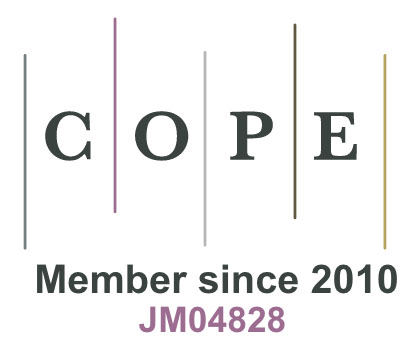An Ecological Model for Work-Related Musculoskeletal Disorders
The current featured ANS article is titled “Evaluation of an Ecological Model for Work-Related
Musculoskeletal Disorders” authored by Minjung Kyung, RN, MPH; Laura Wagner, PhD, RN, FAAN;
Soo-Jeong Lee, PhD, RN, FAAOHN; and OiSaeng Hong, PhD, RN, FAAN. Visit the ANS website to download this article at no cost while it is featured. Minjung Kyung has shared this message about this work:
Musculoskeletal disorder is the largest category of occupational health problem that not only affects nurses but also many other occupations, causing a temporary or permanent disability. Work-related musculoskeletal disorders are the results of the interaction between external physical demands, psychosocial work factors, and the internal biomechanical, physiological, and psychological responses of individuals. Many interventions focusing on correction of individual’s biomechanics and lifting techniques have been implemented, but they were not very effective for reducing musculoskeletal injuries. Considering various risk factors and their interactions, a comprehensive understanding of the physiology of work-related musculoskeletal disorders is required for developing an effective intervention to prevent WRMSDs.
Sauter and Swanson’s ecological model for work-related musculoskeletal disorders consist of three parts: biomechanical, psychosocial, and cognitive structures. This model is also distinguished by its focus on cognitive processes and expanded musculoskeletal outcomes such as symptom reporting, health care utilization, disability, and performance problems. Employing Chinn and Kramer’s framework, we evaluated the ecological model to determine its appropriateness and usefulness in nursing paradigm.
I am very excited to share this paper and hope this would be helpful.





